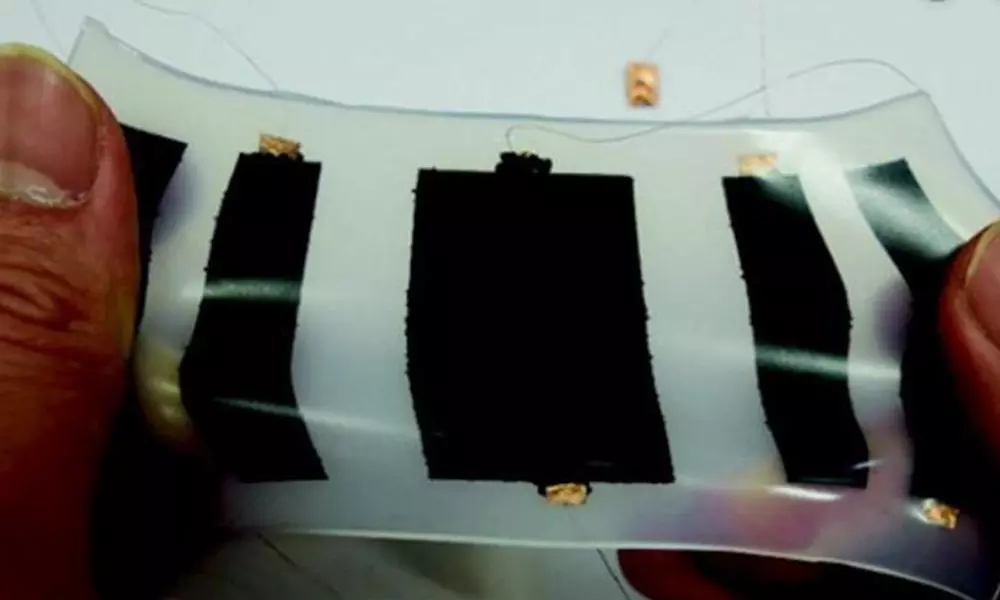Live
- ‘Art from Garbage’ exhibition showcases civic workers’ creativity
- Must-Watch Streaming Originals for 2024: Top Picks
- Tumakuru implements emergency response system for women’s safety
- Sujeet Kumar elected to RS unopposed
- ACTO, two others held for Rs 4 cr fraud
- Adopt tech-based probe process: DGP Khurania
- Bhubaneswar: Four fraudsters held for operating fake gaming app
- Majhi asks new recruits to shun corruption
- Modi’s bold decision: Bommai hails PM
- Devotees experience normal rush at Tirumala amidst long queues
Just In

Researchers have developed stretchable, pocket-sized robots which could crawl up walls and across ceiling to clean them, for environmental monitoring and deployment in hazardous environments.
London: Researchers have developed stretchable, pocket-sized robots which could crawl up walls and across ceiling to clean them, for environmental monitoring and deployment in hazardous environments.
Published in the journal Soft Robotics, the study from University of Bristol in the UK describe how a robot made from the skin, called "ElectroSkin", can be scrunched up, put in one's pocket and then later pulled out and thrown on a surface where it moves.
"ElectroSkin" is a new fundamental building block for a range of soft next-generation robots.
"'ElectroSkin' is an important step toward soft robots that can be easily transported, deployed and even worn. The combination of electrical artificial muscles and electrical gripping replicated the movements of animals like slugs and snails, and where they can go, so could our robots!," said study researcher Jonathan Rossiter, Professor at University of Bristol.
The thin and light robots have been developed using a new way of embedding artificial muscles and electrical adhesion into soft materials.
According to them, traditional robots are rigid and incompliant whereas soft robots are compliant and can stretch and twist to adapt to their environments.
Until now, soft robots have separated their movement abilities from their capabilities to grip the surface they move on.
Taking inspiration from biological skins and soft organisms like snails and slugs, researchers have successfully demonstrated a new robotic skin that crawls across a surface by alternately contracting embedded artificial muscles and gripping the surface using electrical charges.
In the future, "ElectroSkin" robots could crawl up walls and across ceiling to clean them, explore difficult to reach environments including collapsed buildings, and be used in a range wearable second-skin devices.
This new advance could create new thin and light robots for environmental monitoring and deployment in hazardous environments, robot grippers for delicate objects and new wearable technologies.

© 2024 Hyderabad Media House Limited/The Hans India. All rights reserved. Powered by hocalwire.com






